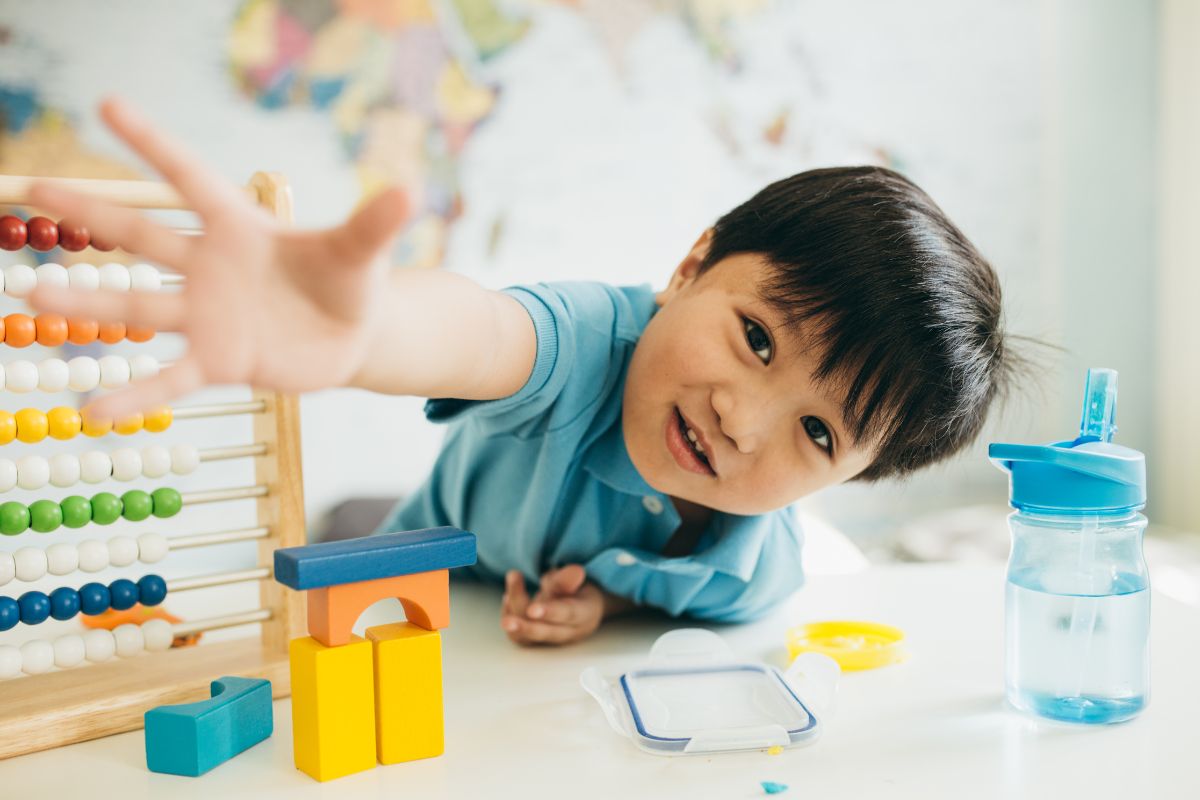Have you ever wondered why the Montessori Method places such emphasis on seemingly simple things like feeling different temperatures? The answer lies in unlocking a world of sensory exploration and igniting a love of learning in young minds. Specialized materials and activities in Montessori education cultivate more than just the ability to distinguish hot from cold; they spark a lifelong passion for discovery.
Feeling Temperatures: Thermic Sense in Montessori
The thermic sense is a vital component of the Montessori method’s sensorial curriculum. It enables children to perceive and discern subtle differences in temperature, fostering an intimate connection with their environment. This sensory skill is not just about recognizing hot or cold; it’s about developing a nuanced understanding of temperature gradients.
In a Montessori setting, the thermic sense is nurtured through thoughtfully designed materials. These tools are not mere playthings but educational aids that isolate the thermic sense, allowing children to focus solely on temperature differences. By engaging with these materials, children sharpen their tactile perceptions, which is integral to their overall sensory development and cognitive processing.
Sensorial materials, in general, are the cornerstone of the Montessori philosophy. They are meticulously crafted to target specific senses, challenging young minds to classify, sort, and make sense of the world. Through this hands-on approach, children build a foundation for complex thought processes, including analysis, reasoning, and problem-solving. The thermic sense, as part of this broader sensorial education, plays a crucial role in shaping a child’s experiential learning journey.
Montessori Materials for Thermic Sense
Montessori sensorial materials are ingeniously designed to isolate and refine each sense. For thermic sense, two main materials are used:
- Thermic Bottles: These are pairs of bottles filled with water at varying temperatures. Children are encouraged to hold the bottles and identify the differences in temperature, thus enhancing their thermic discrimination. This activity not only sharpens their ability to perceive temperature differences but also introduces basic scientific concepts such as heat transfer and insulation.
- Thermic Tablets: A set of tablets made from different materials like metal, cork, tile, glass, and wood, each with a unique thermal property. The child uses their wrists to feel the temperature of each tablet and match pairs with similar temperatures. This exercise develops their tactile skills and also teaches them about the conductive properties of different materials, laying the groundwork for future learning in physics and materials science.
The Role of Thermic Activities
Thermic activities in Montessori education are pivotal in enhancing a child’s sensory perception and practical skills. They serve three main purposes:
- Sensory Development: These activities refine a child’s ability to sense and discriminate between different levels of warmth and coolness, which is essential for their sensory growth.
- Cognitive Growth: Engaging with thermic materials aids in developing memory and concentration, as children learn to remember and identify varying temperatures.
- Practical Life Skills: A practical understanding of temperature helps children navigate their environment safely, making thermic activities an integral part of learning life skills.
Awakening the Five Senses
Montessori sensorial materials are designed to refine and develop the five senses—smell, sight, taste, hearing, and touch. Here are some examples of these materials:
- Olfactory (Smell): Smelling Bottles, filled with distinct aromas, guide children to recognize and differentiate various scents.
- Visual (Sight): The Color Tablets, Pink Tower, and Geometric Cabinet are visual tools that assist children in discerning differences in color, size, and shape.
- Gustatory (Taste): Tasting exercises with a range of edible items enable children to identify and appreciate diverse flavors.
- Auditory (Hearing): Sound Boxes contain cylinders that produce varying tones, challenging children to match and sequence sounds according to volume and pitch.
- Tactile (Touch): Textured materials like the Rough and Smooth Boards, Fabric Feel, and Thermic Tablets offer hands-on experiences, enhancing the child’s ability to perceive texture and temperature through touch.
Weaving Sensory Threads
The Montessori Method’s focus on the thermic sense is a testament to its commitment to comprehensive sensory education. By engaging with thermic materials, children not only refine their sensory perceptions but also lay the groundwork for scientific understanding and practical life competencies.


